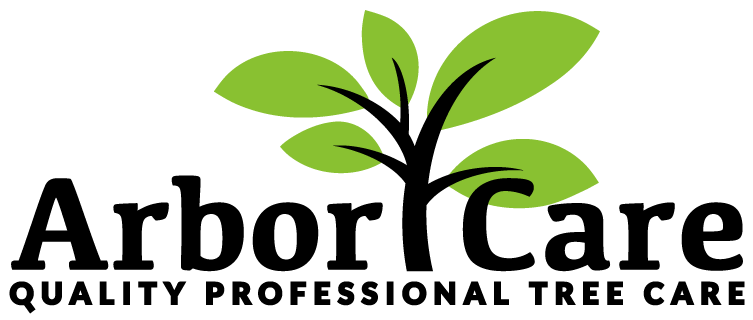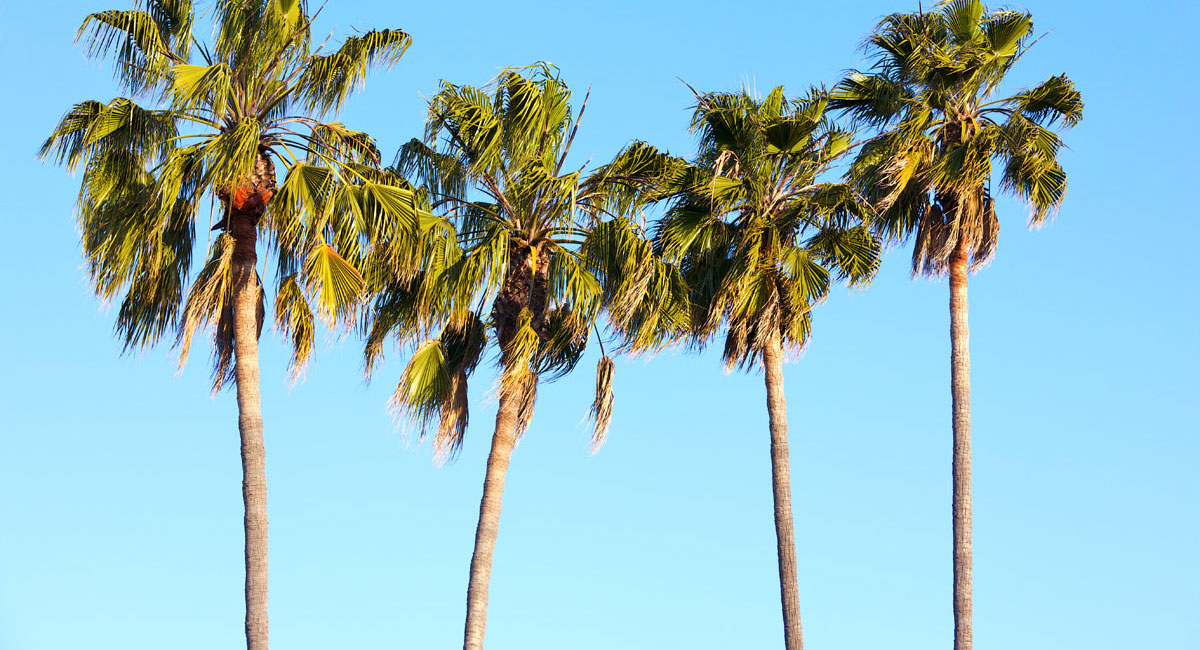If you’re planning to cut your Palm tree at the trunk level, it will NOT grow back. The only way that Palm tree growth can occur is at this base level called the growing tip, or sometimes even called the crownshaft, which is sitting at the base of the trunk and severing this part of the trunk entirely kills the plant. On the other hand when it comes to multi-stemmed palms, also called clustering palms, this plant growth will continue even if the trunk Is entirely severed! It can and even will rejuvenate new stems from the roots to replace the removed one. In all, be weary of the stalks or trunks you are removing as when you cut them, they might just never come back.
Single-Trunk Palms
When it comes to severing off the growing tip or better know as the ‘crownshaft’ of any Single-Truck palm species, will in short effectively terminates the life of the palm tree. The trunk will not be able to sprout a new growing tip in place of the old missing crownshaft, and without the extra foliage to synthesize the incoming light, the palm soon grows weak and the entire trunk system starts to rot. If you do end up having to cut off the top of any single-trunked palms or if any sort of damage happens to it, the next initial move would be to remove the remainder of the palm tree trunk and root system and completely restart with a brand new tree.
Some examples of single-trunk palms include the Mexican fan Palm, Royal palm, Christmas Palm, and the Cabbage palm. These are all great options to choose from when choosing which Single-Trunk palm to birth.
Clustering Palms
Clustering palms are incredibly unique and grow multiple trunk stems, this means you can shave away some trunks without ending the plants’ life. In any case if the individual palm trunk is removed solely, it will not be able to heal itself. Even if you where to make the decision to cut off the trunks on the palm near the root level, suckering explodes from this root level and will eventually sprout and develop into new healthy palm tree trunks. The suckering process and rejuvenation will only happen in the case of a healthy clustering palm. On the other hand, diseased on distressed palms may not create new suckers and may eventually end up dying.
Palm Tree Trunk Wounds
Naturally Palm trees lack cambium – which is a layer of tissue behind the tree bark that creates the growth rings in the tree. Any wounds inflicted to the trunk of a palm tree cannot repair itself meaning these wounds will remain with the palm for the rest of its life. The wounds can and most likely will become dry and brittle unless weather conditions are full of rain or high humidity which can prevent the wounds from drying out. If it is not obvious enough, Insects and fungal infections can penetrate the palm and cause massive damage to the plant’s articular system.
Pruning
When it comes to the pruning aspect of the palm tree there are crucial factors that come into play during this process. One being that it is important to never sever the downshaft on a palm. Another tip is to remove just the right amount of fronds, or you may just stunt your palms growth, and an obvious one– never introduce any sort of diseases to the plants. In short palm pruning can be hard to manage and is better left to the professionals. If you do decide to proceed with pruning the palm yourself, go ahead and remove only the broken fronds that are entirely dead with no color left to them. Also removing flowers and/or fruit is acceptable and gives the palm more energy to spend time creating new leaves.
Palm Tree Assessment in Phoenix, Tempe, & More
If you think your palm trees are in need of care Arbor Care can help! We can assist you in getting down to your palm trees health and can provide helpful hints to keep your palm trees happy and healthy. Contact Arbor Care at 480-797-5566 today to schedule your palm tree assessment.





